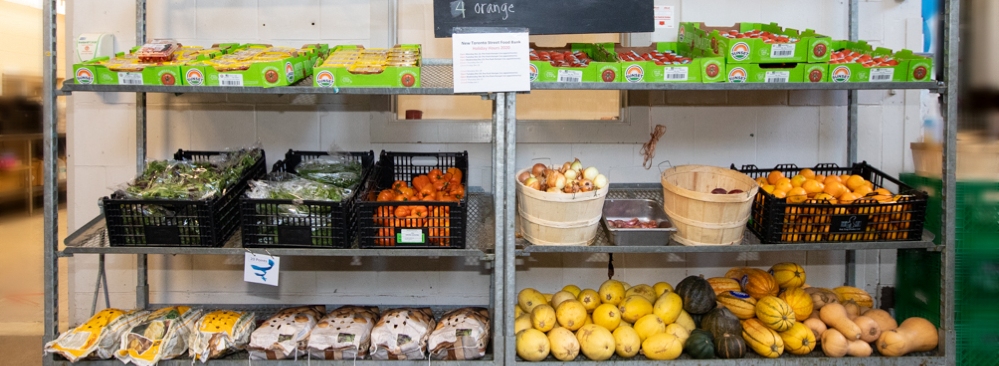
The inflation rate in Canada hit 4.7% in November 2021 — the highest it’s been since 1991. As the housing market and food prices continue to increase, low-income earners who were already disproportionately impacted by the pandemic continue to struggle to make ends meet.
In 2021, food prices increased by 3-5% among various categories, and Canada’s Food Price Report predicts food prices will rise by 5-7% in 2022 — increasing household grocery expense by $966. While increased food prices will impact every household, low-income earners who live paycheque to paycheque will once again be hit the hardest.
In our Who’s Hungry 2021 survey, 51% of respondents reported missing a meal to pay for something else.
Among those who will be significantly impacted by the food inflation, social assistance recipients are at the top.
Since 2015, Canada has seen an inflation of 12%, while Ontario Works (OW) single rates have increased only by 7.6% and Ontario Disability Support Program (ODSP) by 5.3%. Since 2018, the benefit amounts for both programs have been frozen despite the rise in the cost of living.
Social assistance rates are not indexed to inflation, so while the cost of living continues to rise, those on social assistance are left further behind. OW and ODSP rates are lower today than they were in the 1990’s when we adjust for inflation. In 1991, the maximum allowance for ODSP was $886/month. If the benefit had been kept up with inflation, the rate would now be $1,536/month — that means the current benefit would need to be increased by 31% to be where it was 30 years ago.
Twenty-six years ago, the Ontario government drafted a shopping list to prove that welfare recipients could survive on lower rates by sticking to a $90/month grocery budget — later dubbed the “welfare diet.” Now, in 2021, the monthly cost of the welfare diet has increased by 11.3% to an all-time high of $187.57, while welfare benefits remain the same. The increase in the cost of food further stretches the limited budget of social assistance recipients as they are left with less money to buy enough food to feed themselves and their families, and often have to resort to food banks.
This is particularly concerning for people with disabilities, who are at greater risk of experiencing food insecurity. Of the Who’s Hungry 2021 report respondents who identified as having a disability, half of them reported not eating for a whole day every month or more, while 41% reported not eating for a whole day in the past year.
Everyone should be allowed to live a life with dignity — one without hunger and with enough income to support their basic needs. We need support from all levels of government to ensure people’s right to live with dignity and the right to food are met.
For more information: Who’s Hungry 2021, The Welfare Diet in 2021, Canada’s Food Price Report.